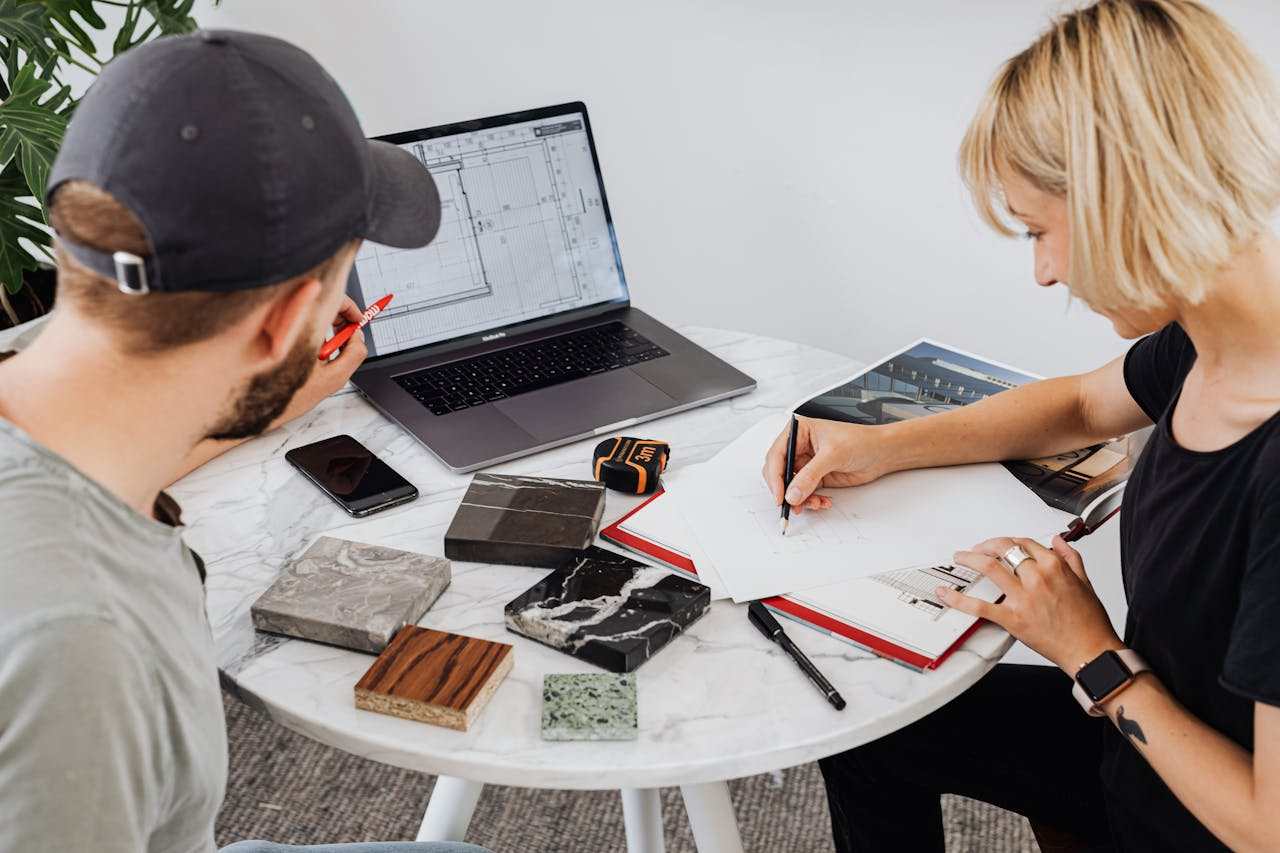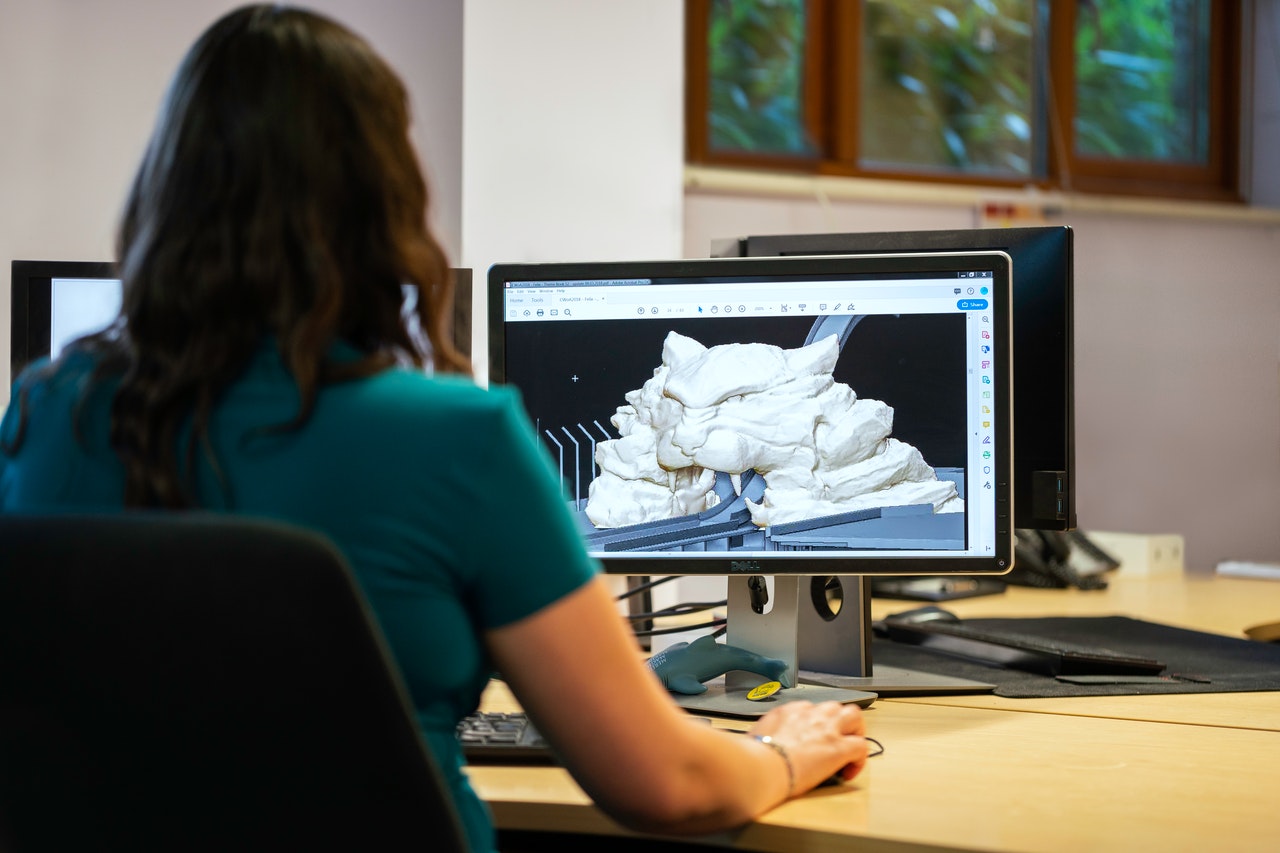The world of engineering design has undergone a remarkable transformation over the past several decades. What once required skilled draftsmen hunched over drawing boards with T-squares and compasses has evolved into sophisticated digital environments where engineers create complex 3D models with unprecedented precision and efficiency.

The Era of Traditional Drafting: Foundation of Engineering Communication
Before the digital revolution, engineering design was a meticulous manual process. Draftsmen and engineers worked with physical tools—pencils, rulers, protractors, and the iconic drawing board. Every line was carefully measured, every dimension precisely calculated, and every revision meant starting sections over from scratch.
This traditional approach, while time-consuming, established fundamental principles that remain relevant today:
- Standardized documentation through established drawing conventions
- Attention to detail that prevented costly manufacturing errors
- Clear communication between design and production teams
- Systematic thinking required for complex assemblies
However, the limitations were significant. Changes required extensive redrawing, storage of physical blueprints was cumbersome, and collaboration across distances was nearly impossible.
The Computer Revolution: Early CAD Systems Emerge
The late 1970s and early 1980s marked a pivotal moment in design history. The first Computer-Aided Design (CAD) systems began appearing in major corporations, initially as expensive, specialized workstations costing hundreds of thousands of dollars.
Early pioneers like Ivan Sutherland’s Sketchpad program and later systems from companies like Computervision and Intergraph introduced revolutionary concepts:
- Digital geometry that could be modified without complete redrawing
- Layered drawings allowing complex designs to be organized systematically
- Standardized symbols and libraries for common components
- Basic automation of repetitive drafting tasks
These early systems primarily replicated traditional 2D drafting but with digital advantages. The learning curve was steep, and many experienced draftsmen initially resisted the change.
The 3D Revolution: Parametric Modeling Changes Everything
The real transformation began in the 1990s with the introduction of parametric 3D modeling. Systems like Pro/ENGINEER (now PTC Creo), SolidWorks, and others revolutionized how engineers think about design.
Instead of creating static drawings, engineers now built intelligent 3D models with design intent embedded in the geometry. Key innovations included:
Feature-Based Modeling
Engineers could create complex shapes by combining basic features—extrusions, cuts, fillets, and patterns—that maintained relationships with each other.
Parametric Relationships
Dimensions became variables that could drive entire design changes. Modify one key dimension, and the entire model updates automatically.
Assembly Modeling
Multiple parts could be combined into assemblies with realistic constraints, allowing engineers to test fit and interference before physical prototypes.
The history of CAD reveals how these innovations fundamentally changed the engineering workflow, making design iterations faster and more cost-effective than ever before.
Comparing Efficiency: Traditional vs. Modern Approaches
The productivity gains from this transformation have been staggering:
| Aspect | Traditional Drafting | Modern 3D CAD |
| Design Changes | Hours to days for major revisions | Minutes to hours for most changes |
| Error Detection | During manufacturing or assembly | Real-time interference checking |
| Collaboration | Physical blueprint sharing | Instant global access |
| Documentation | Manual creation of multiple views | Automatic drawing generation |
| Prototyping | Physical mockups required | Virtual testing possible |
Modern engineers can explore hundreds of design alternatives in the time it once took to complete a single detailed drawing. The ability to quickly iterate and optimize designs has led to better products and shorter development cycles.
Contemporary Trends: Cloud Computing and AI Integration
Today’s CAD systems continue evolving with cutting-edge technologies:
Cloud-Based Collaboration
Modern platforms enable real-time collaboration across global teams. Engineers in different time zones can work on the same model simultaneously, with changes synchronized instantly.
Simulation Integration
Advanced CAD systems now integrate Finite Element Analysis (FEA) and Computational Fluid Dynamics (CFD) directly into the design environment, allowing engineers to test and optimize designs before physical prototyping.
Generative Design
AI-powered tools can now generate multiple design solutions based on specified constraints and objectives, pushing the boundaries of what’s possible in engineering design.
For industries requiring sophisticated manufacturing capabilities, understanding what CAD/CAM systems offer becomes crucial for maintaining competitive advantage.
Impact on Project Development Speed and Quality
The transformation from drawing boards to 3D modeling has created measurable improvements in project outcomes:
Speed Improvements:
- Design iterations that once took weeks now complete in days
- Automated drawing generation eliminates manual drafting time
- Standardized libraries reduce repetitive design work
Quality Enhancements:
- Real-time error checking prevents design flaws
- Digital prototyping catches interferences before manufacturing
- Version control ensures teams work with current information
Cost Reductions:
- Fewer physical prototypes needed
- Reduced material waste from design errors
- Lower storage and distribution costs for documentation

The Future: Virtual Reality and Beyond
As we look ahead, the next frontier in design transformation involves immersive technologies:
- Virtual Reality (VR) allows engineers to “walk through” their designs at full scale
- Augmented Reality (AR) overlays digital information onto physical prototypes
- Machine Learning algorithms optimize designs for multiple objectives simultaneously
- Digital Twins create living models that update based on real-world performance data
The journey from drawing boards to 3D modeling represents more than just technological advancement—it’s a fundamental shift in how we conceptualize, create, and collaborate on engineering solutions. Modern engineers have tools at their disposal that would seem magical to their predecessors, yet the core principles of good design remain unchanged: clear communication, attention to detail, and systematic problem-solving.
This ongoing transformation continues to democratize design capabilities, making sophisticated engineering tools accessible to smaller companies and individual innovators. As these technologies become more intuitive and powerful, we can expect even more dramatic changes in how products are conceived and brought to market.